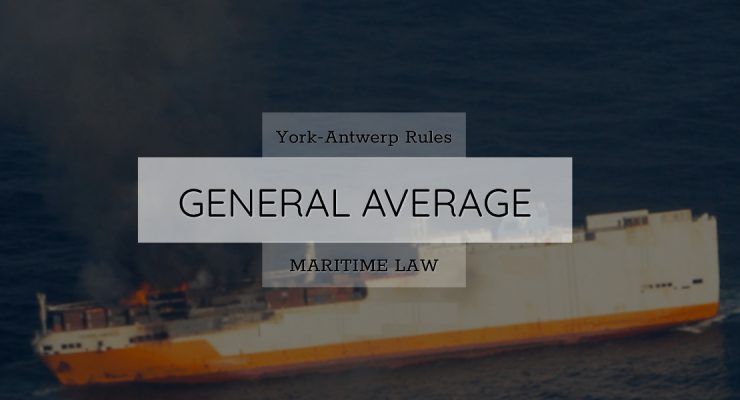General Average There is a General Average act when and only when any extraordinary or expenditure is intentionally and reasonably made or incurred for the common safety, for the purpose of preserving from peril, the property involved in a common maritime adventure. Extraordinary Sacrifice in a General Average Below are examples for an extraordinary sacrifice, though not limited to:Damage done to the engine to refloat the vessel after grounding. Jettisoning of cargo under Deck. Jettisoning of Cargo on Deck as per Custom of the trade. Slipping of Anchor and Cable … [Read more...]
